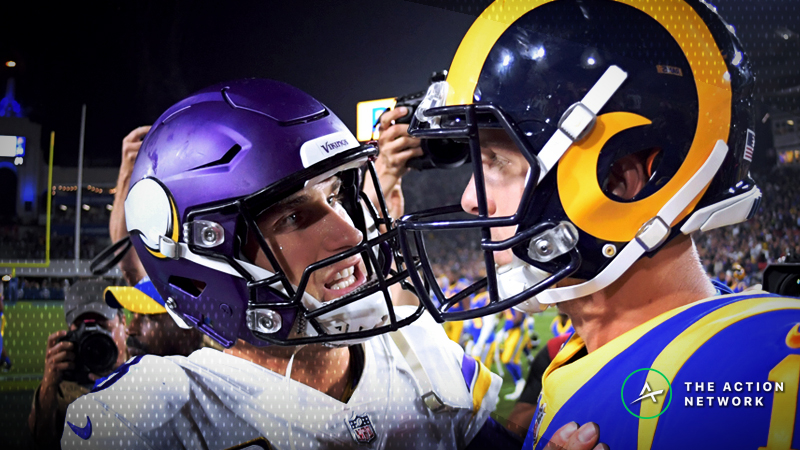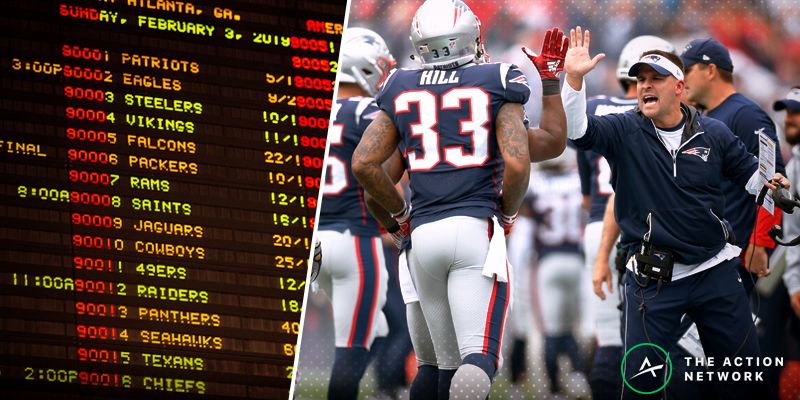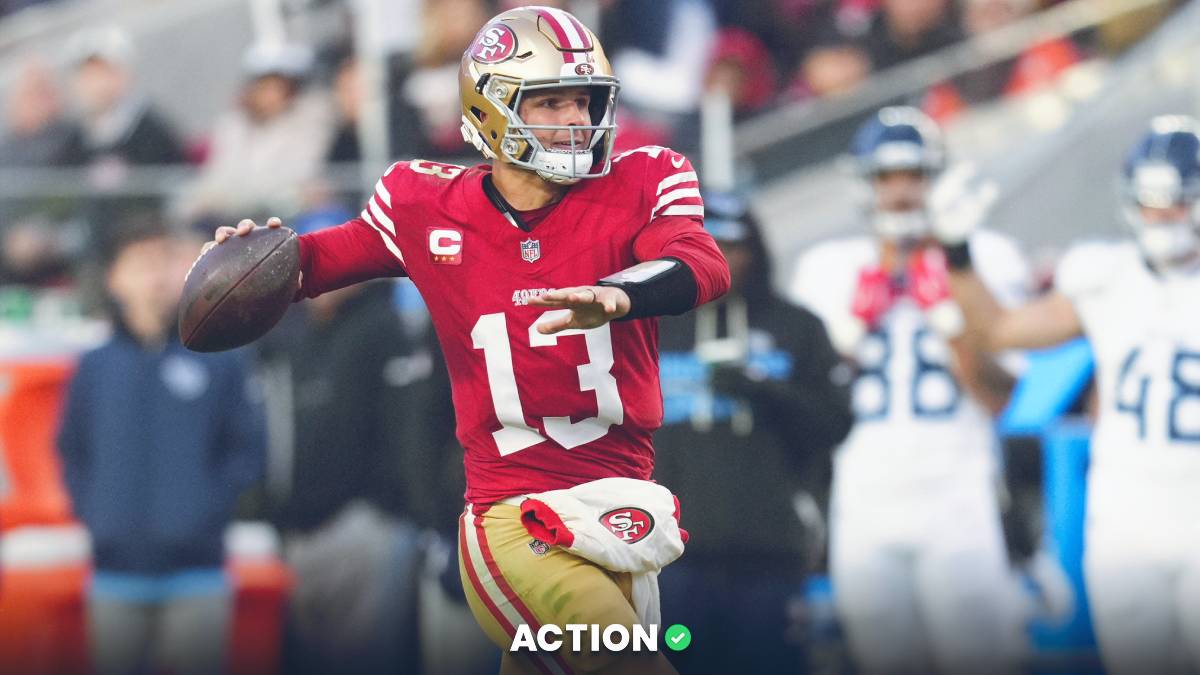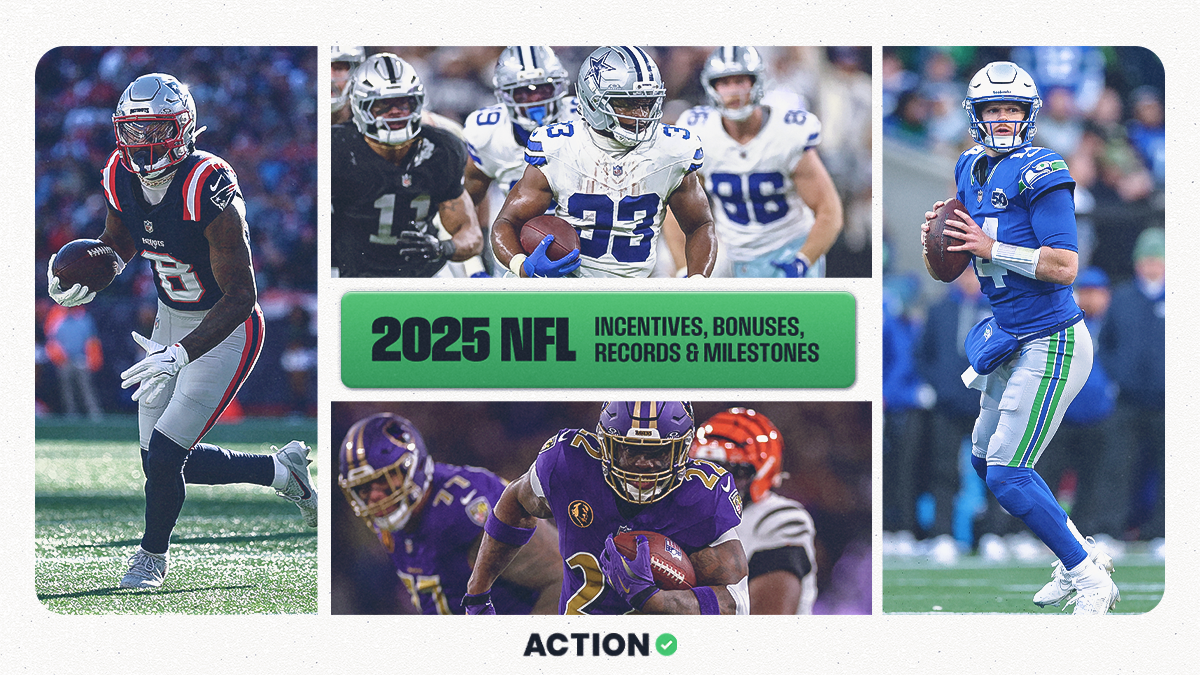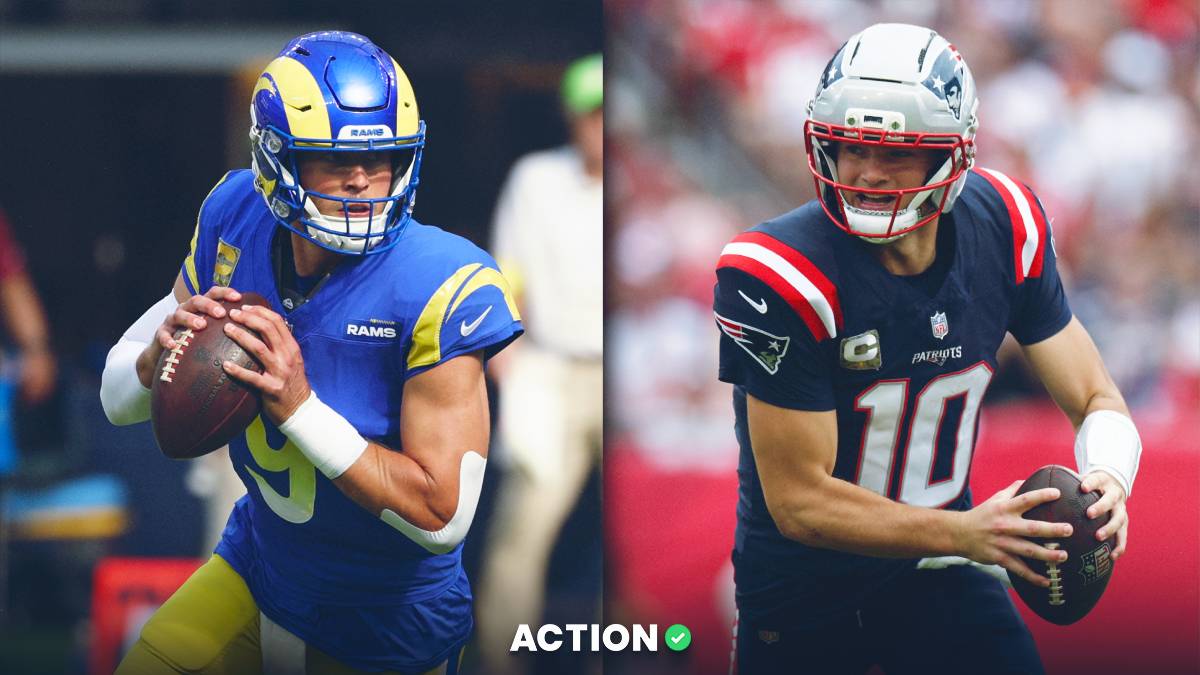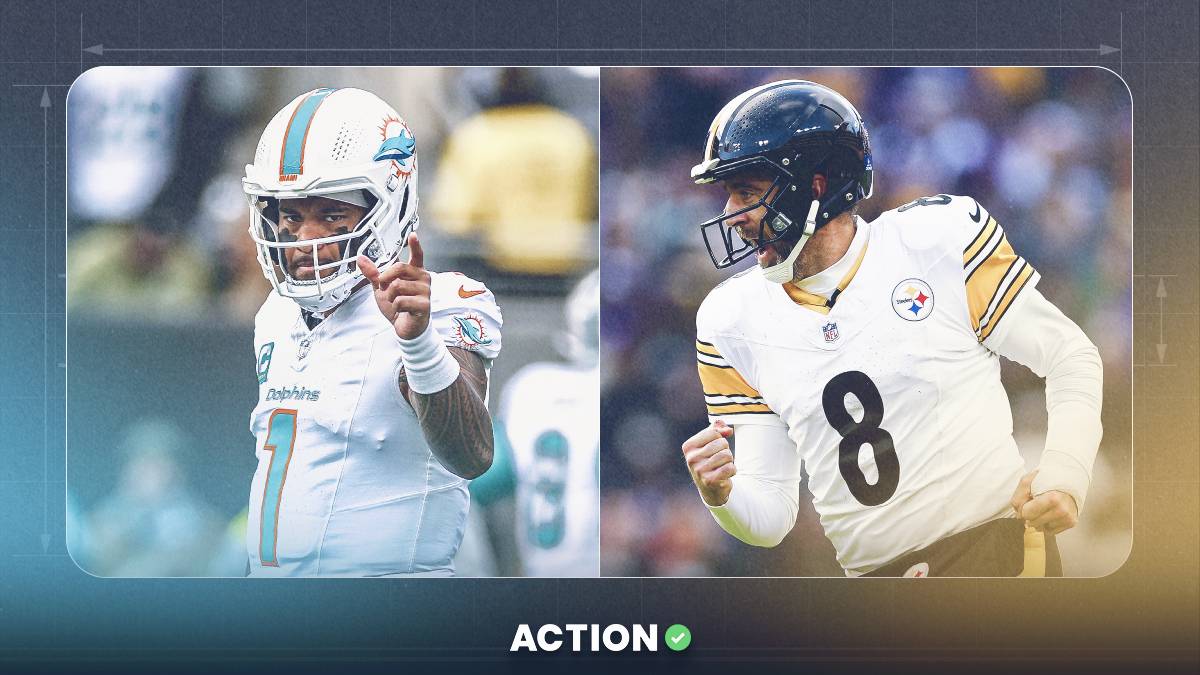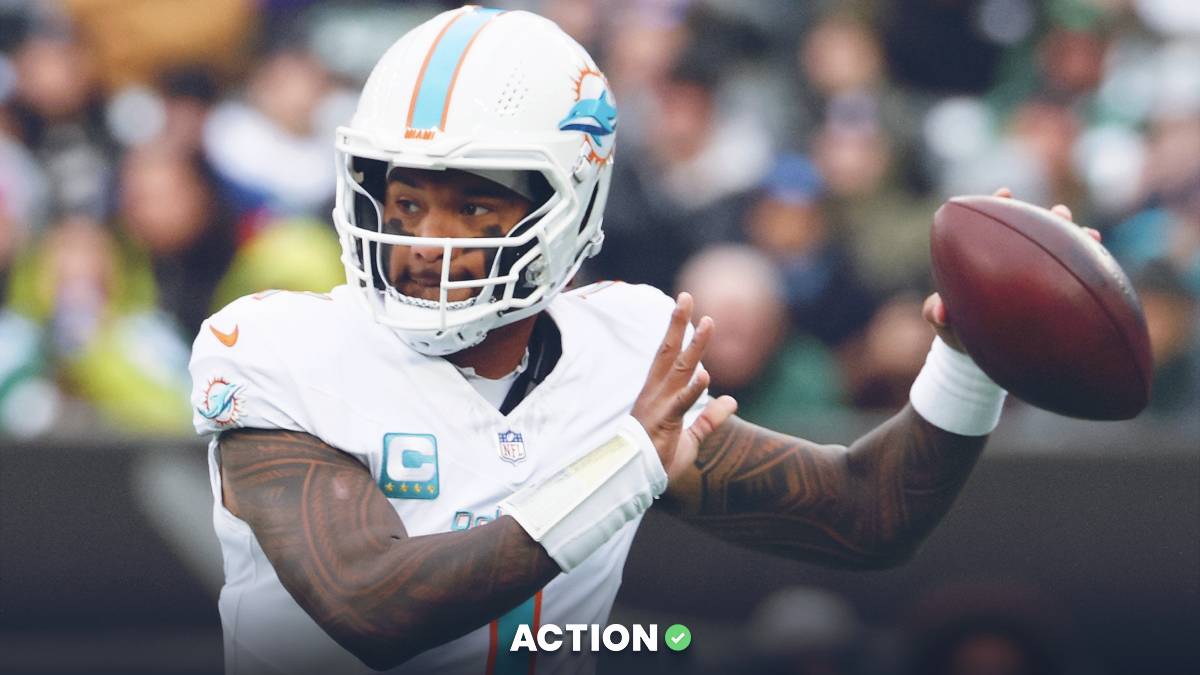- The Rams' (-7) victory over the Vikings by exactly 7 points on Thursday raises this question: Should bettors buy an extra half-point in the NFL?
- Our analysis shows that in the long term, buying the half-point has been a losing strategy.
If you bet on Thursday night's Vikings-Rams game at the closing line of +/-7, you might be kicking yourself for a decision you made — or rather, didn't make.
Why didn't you buy the extra half-point?
I mean, you knew that seven points is a common margin, so why not lay an extra $0.15 of juice and grab the line at -6.5 or +7.5? (For those who didn't watch, the Rams won, 38-31, as a 7-point favorites.)
The short answer is: Because you're smart.
Now for the long answer.
In what should be the least surprising news you'll hear today, sportsbooks are well aware of the frequency at which games end in given margins. The last thing they're looking to do is give bettors an advantage, so they set the price of a half-point in a way that looks appealing to you, but still makes them money.
To test this, let's look at some of the most common margins of victory in the NFL: By 3, 7, 10, 4 and 6 points.
According to our Bet Labs software, NFL favorites of exactly three points have gone 287-316-61 (47.6%) against the spread since 2003. That's well below the 52.38% winning percentage a bettor needs to be profitable.
>> Check out Sports Insights’ Bet Labs software to analyze historical betting data and create your own winning systems.
If you'd bought a half-point in all of those games, however, those 61 pushes would become wins, and you're now looking at an ATS record of 348-316 (52.4%).
The problem is that you're paying a premium price for that half-point. A standard half-point off the key number of -3 costs $0.25, which moves the juice to -135.
At that price, you would need to win 57.45% of the time to be profitable.
So, while you're winning more often, buying the half-point actually reduces your return on investment.
Here's a full breakdown:
Buying a half-point on every game with a spread on one of the five most common margins of victory would've lost you an extra 18.63 units since 2003.
There are a couple exceptions on this list. Buying a half-point off 10 and 6 points has actually turned a minor profit over the years. But I would be wary of those trends continuing, as those two have relatively small sample sizes and are making only a minuscule difference.


